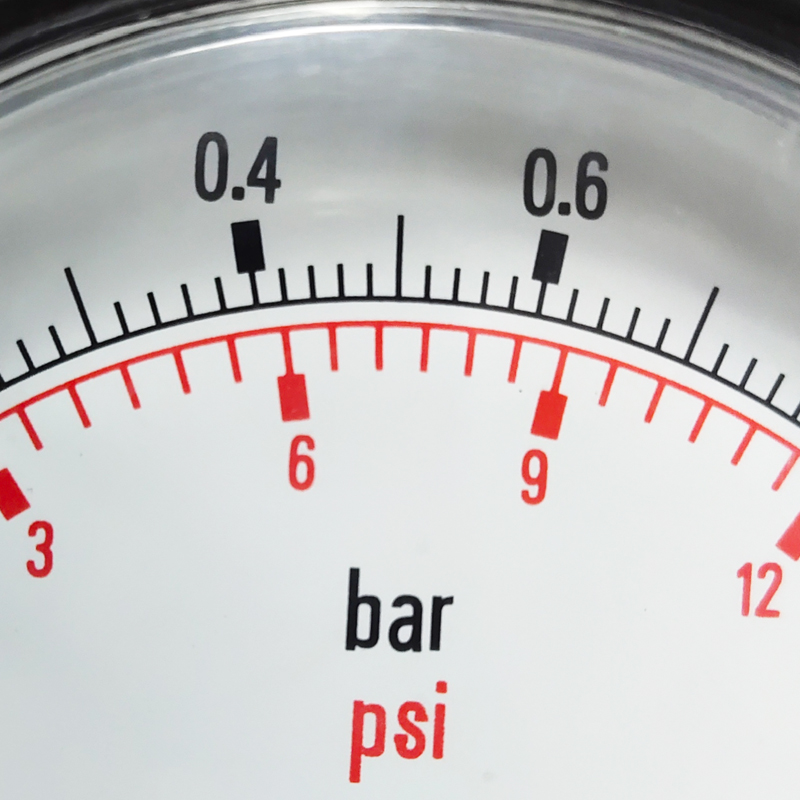
Nov . 16, 2024 18:33 Back to list
famous differential pressure gauge water
Understanding Differential Pressure Gauges in Water Applications
Differential pressure gauges are crucial instruments widely used in various industries for measuring pressure differences between two points in fluid systems. Among the most common applications of these gauges is in the measurement of water pressure in different contexts, ranging from municipal water supply systems to water treatment facilities. This article explores the significance of differential pressure gauges in water applications, their functioning principles, and their benefits and challenges.
What is a Differential Pressure Gauge?
A differential pressure gauge is designed to measure the difference in pressure between two points within a system. This functionality is essential, as pressure differences can indicate flow rates, fluid levels, and other critical parameters in water management. For example, in water distribution networks, these gauges help monitor the pressure drop across filters and pipes, ensuring optimal operation and the maintenance of system integrity.
How Does a Differential Pressure Gauge Work?
The working principle of a differential pressure gauge is straightforward yet effective. The gauge contains two pressure ports one connected to the high-pressure side of the system and the other to the low-pressure side. As water flows through the system, any difference in pressure between these two points generates a force that is translated into a reading on the gauge.
Most commonly, these gauges use mechanical or electronic means to display this pressure difference. Mechanical gauges may use a diaphragm or Bourdon tube to convert pressure differentials into a rotational movement, which is then shown on a dial. Conversely, electronic differential pressure gauges utilize sensors and digital displays to provide more precise and easily interpretable readings.
Applications in Water Systems
1. Water Treatment Plants In treatment facilities, differential pressure gauges are essential for monitoring the performance of filtration systems. A significant pressure drop across a filter indicates that it is becoming clogged and requires maintenance or replacement, ensuring water quality and system efficiency.
2. Pump Performance Monitoring These gauges are also used to monitor the performance of pumps. They can measure the pressure difference across a pump to determine its effectiveness and diagnose potential issues such as cavitation or wear.
3. HVAC Systems In heating, ventilation, and air conditioning (HVAC) systems, differential pressure gauges help manage water flow and pressure in chilled and hot water systems, ensuring that buildings maintain comfortable temperatures efficiently.
4. Irrigation Systems In agriculture, these gauges help monitor water pressure in irrigation systems, optimizing the distribution of water to crops and improving overall efficiency.
Benefits of Differential Pressure Gauges
famous differential pressure gauge water

The adoption of differential pressure gauges in water applications offers numerous benefits
1. Efficiency Monitoring By providing real-time data on pressure differentials, these gauges facilitate timely maintenance and recalibration, leading to improved efficiency and longevity of water systems.
2. Enhanced Safety Monitoring pressure differences helps prevent system failures, leaks, and bursts, contributing to safer water management practices.
3. Cost-Effectiveness By identifying issues early through pressure monitoring, facilities can save on maintenance costs and prevent expensive downtime.
4. Automation and Control In modern water systems, differential pressure gauges can be integrated into automated control systems, allowing for real-time monitoring and immediate adjustments based on pressure data.
Challenges in Using Differential Pressure Gauges
Despite their advantages, there are several challenges associated with the use of differential pressure gauges in water applications
1. Calibration Needs Regular calibration is essential to ensure accuracy, which can be time-consuming and may lead to periods of downtime.
2. Sensitivity to Environmental Conditions Changes in temperature, humidity, or even vibration can affect gauge readings, necessitating careful placement and protection of the instruments.
3. Maintenance Mechanical gauges often require more upkeep and can be less reliable over time compared to electronic alternatives, which may involve higher upfront investments.
Conclusion
In conclusion, differential pressure gauges are indispensable tools in managing water systems, providing insights that drive efficiency and safety across a variety of applications. While there are challenges to their use, the benefits they offer make them a valuable investment for industries relying on precise water management. As technology evolves, the accuracy and functionality of these gauges will likely continue to improve, further enhancing their role in modern water applications.
-
Precision Differential Pressure Gauge Assembly Reliable & Customizable Solutions
NewsMay.29,2025
-
WIKA Sanitary Diaphragm Pressure Gauge High Precision & Durability
NewsMay.29,2025
-
HD Fire Pressure Gauges High Accuracy & Durable Solutions
NewsMay.28,2025
-
Custom Singles Capsule Systems Top Exporters & Factories
NewsMay.28,2025
-
Piston-Style Differential Pressure Gauges Precision & Durability
NewsMay.28,2025
-
WIKA Differential Pressure Gauge 700.04 High-Accuracy Industrial Measurement
NewsMay.28,2025
